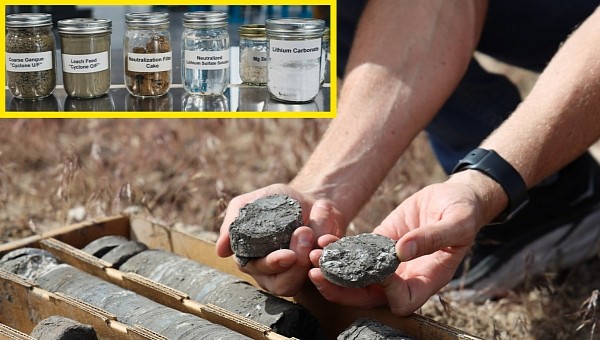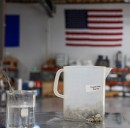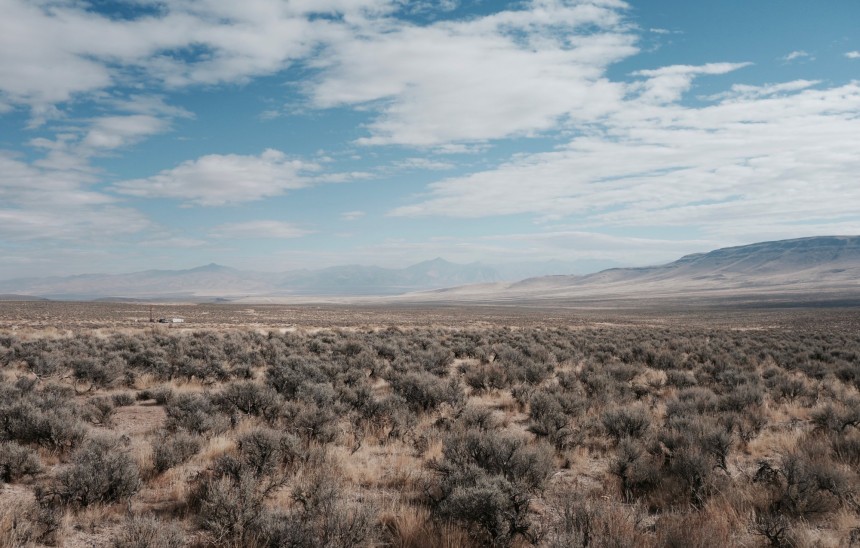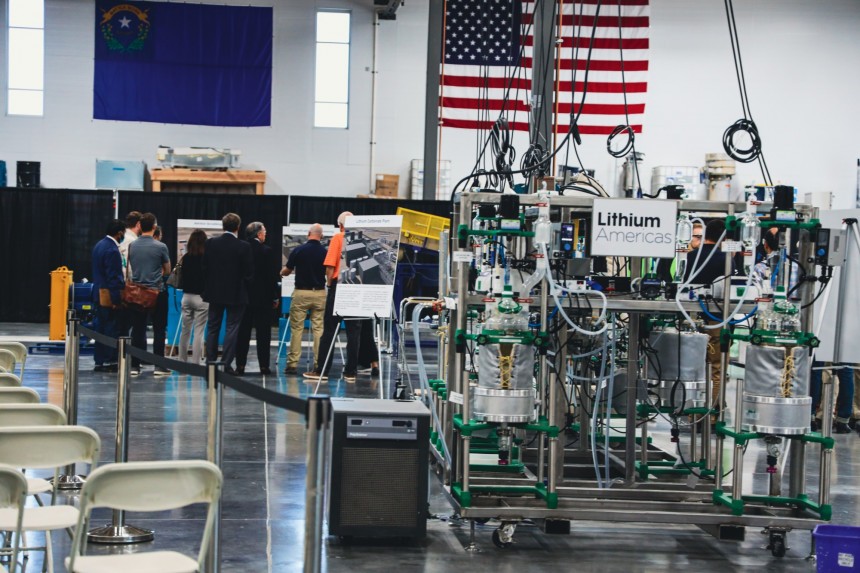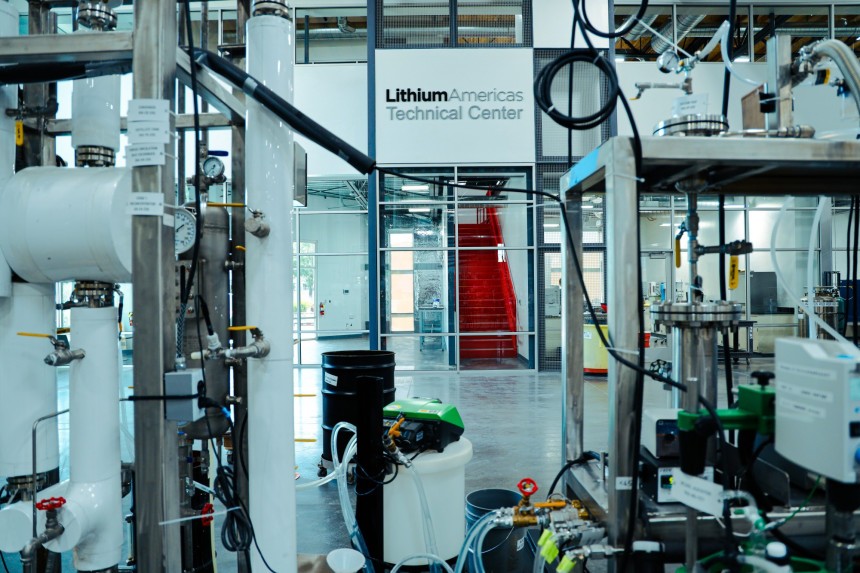Battery-electric vehicles (BEVs) need, as the name suggests, batteries to run. These energy storage units need metals America does not have. The zero-tailpipe emission dream may have materialized for cars but still requires sacrifices to keep the momentum going. As we told you around a year ago, Thacker Pass is the place that could help America run after China’s battery-making dominance.
The U.S. passed the Inflation Reduction Act (IRA) last summer and many interesting changes regarding various aspects of the American economy have happened since. Most notably, billions of dollars in investments have poured into a couple of sectors. The law also impacted the automotive industry because it changed the clean vehicle credit (aka the EV tax credit), introduced new incentives for battery-making companies, and, together with the National Electric Vehicle Infrastructure (NEVI), offered energy providers and automakers a true shot at ditching the fossil fuel-powered car and everything related to it.
Add the fact that Taiwan’s TSMC is putting $40 billion into a new and very hard-to-run chipmaking plant, and we can quickly figure out that America it’s slowly yet surely concentrating funds and important manufacturing capabilities for a highly technologized future.
However, there still is something vital missing from all these major changes. Even though the U.S. will soon condition a portion of the EV tax credit on the origin of the minerals used in batteries, America still does not mine or refine a lot of lithium nor does it make enough of these very important energy storage units. That’s why we looked at some possibilities last year and showed you that exploiting the Thacker Pass area could help shorten the supply chain, secure a large quantity of lithium domestically, and lower the overall cost of EV batteries because of the mining, processing, and refining that can happen at home instead of overseas.
China rules the battery-making sector, so the U.S. had to move in the right direction at some point. One of the Asian country’s companies – CATL – currently has around 34% of the market. Overall, six out of the top 10 largest battery manufacturing entities are based in China. Out of the remaining four, three are South Korean, and one is Japanese.
After word of what the U.S. lawmakers were doing got around, it did not take long before major companies started looking into Thacker Pass and the Canadians at Lithium Americas announced they would like to do the honors and started setting up shop. However, native tribes and environmental groups began fighting against the plans to transform the remote place found in Nevada that is affected by water scarcity. Trials can take a long time before a solution is reached, so the plaintiffs filed for an injunction.
While the federal judge was pondering what the right decision is, General Motors (GM) didn’t waste any time and announced that it’s investing $650 million in Lithium Americas to secure the minerals needed for the batteries it puts into its current and future EVs.
But a resolution has been reached and the judge decided that Lithium Americas can continue with its construction plans in the Thacker Pass. That’s great news for the mining company, its investors, and especially General Motors. The automaker who championed sales in the U.S. last year now has even more reasons to pursue making great EVs, now that it has a chance at making incentivized batteries and selling cars that can benefit from the updated EV tax credit.
But the tribe representatives and the environmental activists lost a battle, not the entire conflict. According to Seattle Times, the 9th U.S. Circuit Court of Appeals is still set to hear what the plaintiffs have to say about why the mining company should not be allowed to extract and process the lithium.
As we said around a year ago, Thacker Pass might have to be sacrificed so we all can drive everywhere without burning gas.
Finally, the U.S. might start catching up to China with this endeavor once the legal hurdles are out of the way. But the Asian country has already taken a big step in another potentially very profitable direction by having the first sodium-ion battery put into a real car. The best thing about this energy storage unit is that it does not require any lithium. All it needs is cheap sodium that can be obtained from electrolyzing table salt.
Meanwhile, Europe and Australia are trying to figure out if the hydrogen-powered vehicle and green hydrogen could work for their green ambitions.
For now, we’ll have to wait and see how things unfold. But one thing remains certain – everybody’s in a silent, yet very important race. Somebody is in the top spot, but that’s not guaranteed to last for much longer.
Add the fact that Taiwan’s TSMC is putting $40 billion into a new and very hard-to-run chipmaking plant, and we can quickly figure out that America it’s slowly yet surely concentrating funds and important manufacturing capabilities for a highly technologized future.
However, there still is something vital missing from all these major changes. Even though the U.S. will soon condition a portion of the EV tax credit on the origin of the minerals used in batteries, America still does not mine or refine a lot of lithium nor does it make enough of these very important energy storage units. That’s why we looked at some possibilities last year and showed you that exploiting the Thacker Pass area could help shorten the supply chain, secure a large quantity of lithium domestically, and lower the overall cost of EV batteries because of the mining, processing, and refining that can happen at home instead of overseas.
The potential is right there
But it is estimated that by mining in the Thacker Pass area the U.S. could end up with the extraction of enough lithium carbonate to make over 950,000 batteries every 12 months for around 40 years. Apart from that, the entire zone has wide plateaus that can accommodate huge lithium pools.After word of what the U.S. lawmakers were doing got around, it did not take long before major companies started looking into Thacker Pass and the Canadians at Lithium Americas announced they would like to do the honors and started setting up shop. However, native tribes and environmental groups began fighting against the plans to transform the remote place found in Nevada that is affected by water scarcity. Trials can take a long time before a solution is reached, so the plaintiffs filed for an injunction.
While the federal judge was pondering what the right decision is, General Motors (GM) didn’t waste any time and announced that it’s investing $650 million in Lithium Americas to secure the minerals needed for the batteries it puts into its current and future EVs.
But the tribe representatives and the environmental activists lost a battle, not the entire conflict. According to Seattle Times, the 9th U.S. Circuit Court of Appeals is still set to hear what the plaintiffs have to say about why the mining company should not be allowed to extract and process the lithium.
American-sourced, American-made batteries (with Canadian help)
They argue that the entire area could end up transformed beyond recognition and also claim that the wildlife would be affected. Both the activists and the tribes believe the air could end up polluted and the underground water resources might be contaminated. However, until justice says what’s ok and what’s not, Lithium Americans can resume operations. It’s a win for companies that want to make money from selling zero-tailpipe emission vehicles.As we said around a year ago, Thacker Pass might have to be sacrificed so we all can drive everywhere without burning gas.
Meanwhile, Europe and Australia are trying to figure out if the hydrogen-powered vehicle and green hydrogen could work for their green ambitions.
For now, we’ll have to wait and see how things unfold. But one thing remains certain – everybody’s in a silent, yet very important race. Somebody is in the top spot, but that’s not guaranteed to last for much longer.
